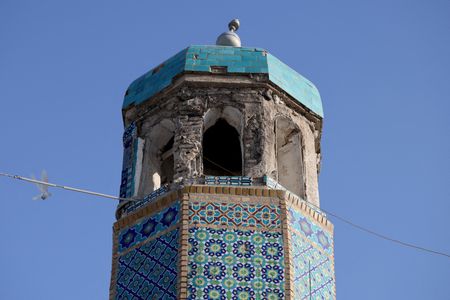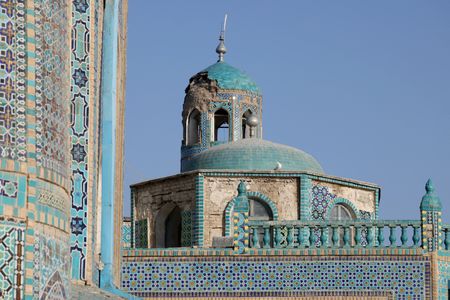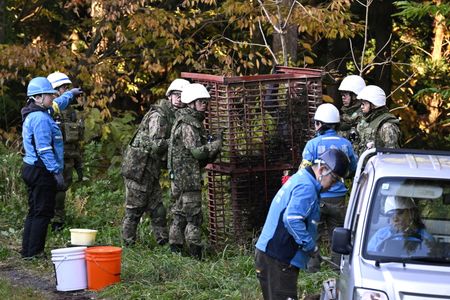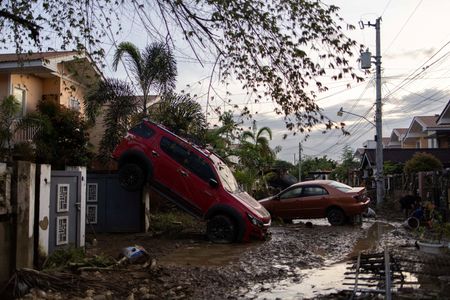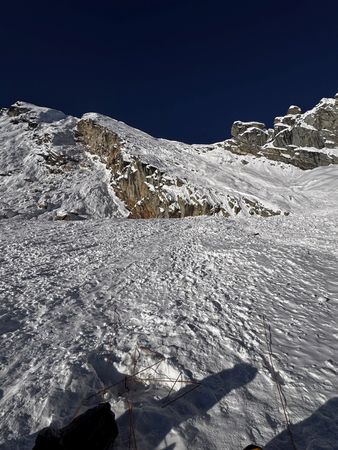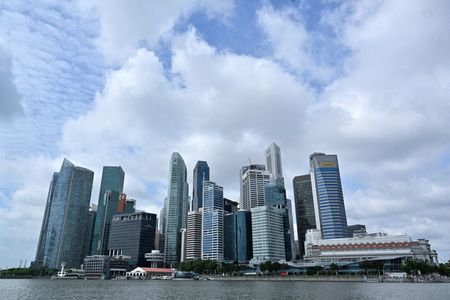By Sayed Hassib
MAZAR-I-SHARIF, Afghanistan (Reuters) -Some residents in northern Afghanistan called on Wednesday for the Taliban government to help rebuild and restore a historic mosque in Mazar-i-Sharif that was damaged in a powerful earthquake.
Monday’s magnitude 6.3 quake struck near the city, killing at least 27 people, injuring almost 1,000 and destroying hundreds of houses, weeks before the onset of Afghanistan’s harsh winter.
The Hazrat Ali Shrine, also known as the Blue Mosque, is considered one of the holiest sites in Afghanistan and is believed to be the burial site of the cousin and son-in-law of the Prophet Mohammad.
TILES BROKE OFF, MINARETS CRACKED
The current structure, with its vibrant blue tiles and intricate mosaics, was built in the 15th century.
It suffered visible damage following the quake, with tiles broken off and cracked minarets, a Reuters team that visited the site on Wednesday said.
Sayed Mohammad Hussain, a university lecturer in Mazar-i-Sharif, said the mosque was one of the city’s preeminent historical symbols and a popular local attraction.
“Considering the parts that have been damaged, we call for serious attention from… the government to help rebuild and restore it,” he said.
The mosque had suffered “serious damage”, said Sayed Bashir Rasaa, another local resident.
“In my 55 years of life, I have never seen such an earthquake,” he said.
No repair work has begun and the mosque remains open to the public although the Taliban has pledged to begin repairs.
“The Ministry’s technical team will soon take the necessary steps to assess the extent of the damage and begin restoration efforts,” a spokesperson for the Ministry of Information and Culture said after the quake.
The hardline Taliban outraged the world in 2001 when it last ruled Afghanistan by ordering the destruction of two giant Buddhist statues known as the Buddhas of Bamiyan, calling them idolatrous.
Since returning to power in 2021, it has said it takes cultural preservation seriously and has pledged to restore sites including at Bamiyan.
The cultural landscape and archaeological remains of the Bamiyan Valley remain on the U.N. culture and education agency UNESCO’s list of endangered World Heritage monuments.
(Reporting by Sayed Hassib in Mazar-i-Sharif, Writing by Alasdair Pal, Editing by Timothy Heritage)

